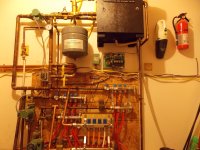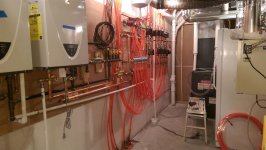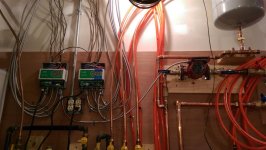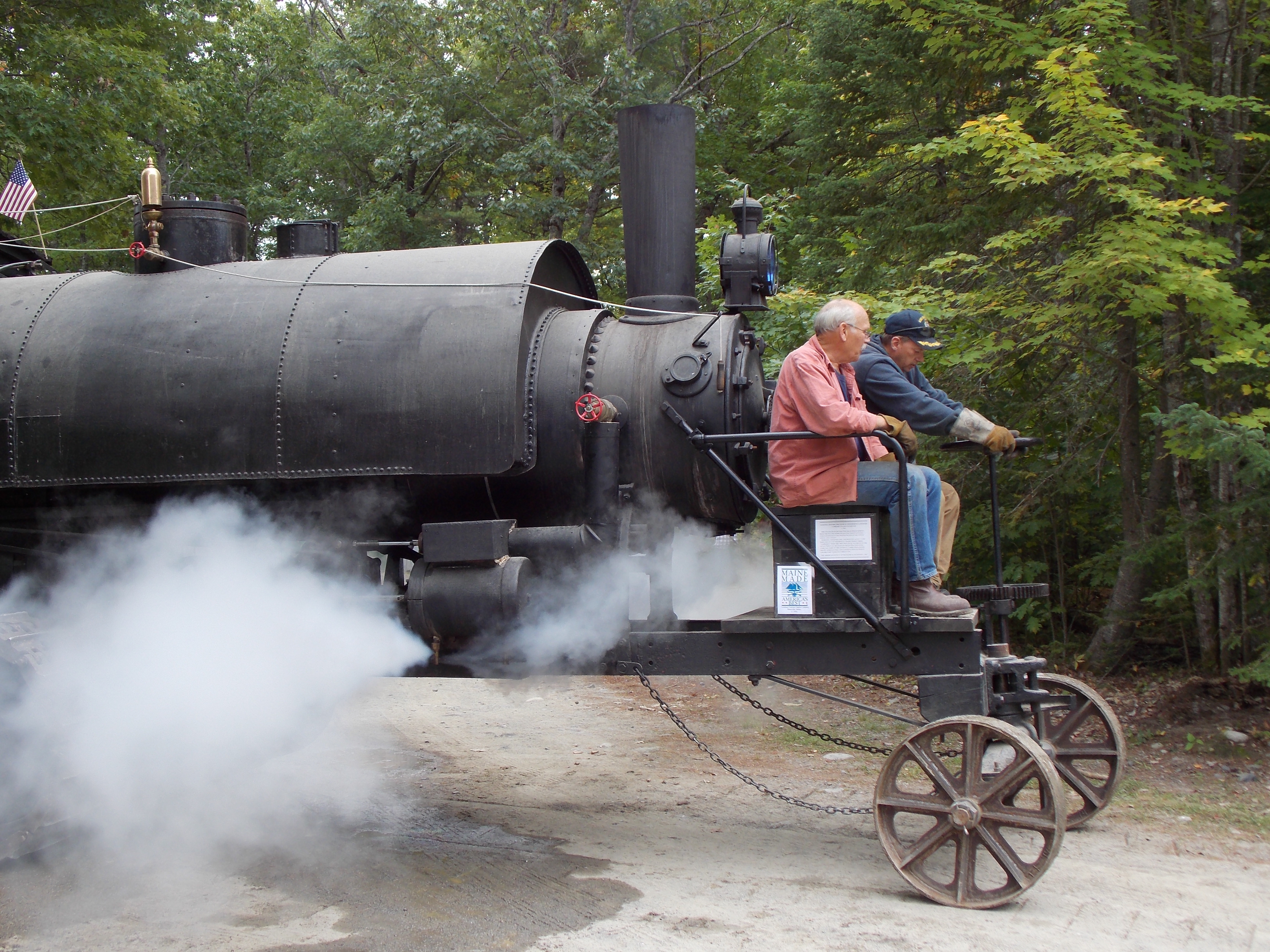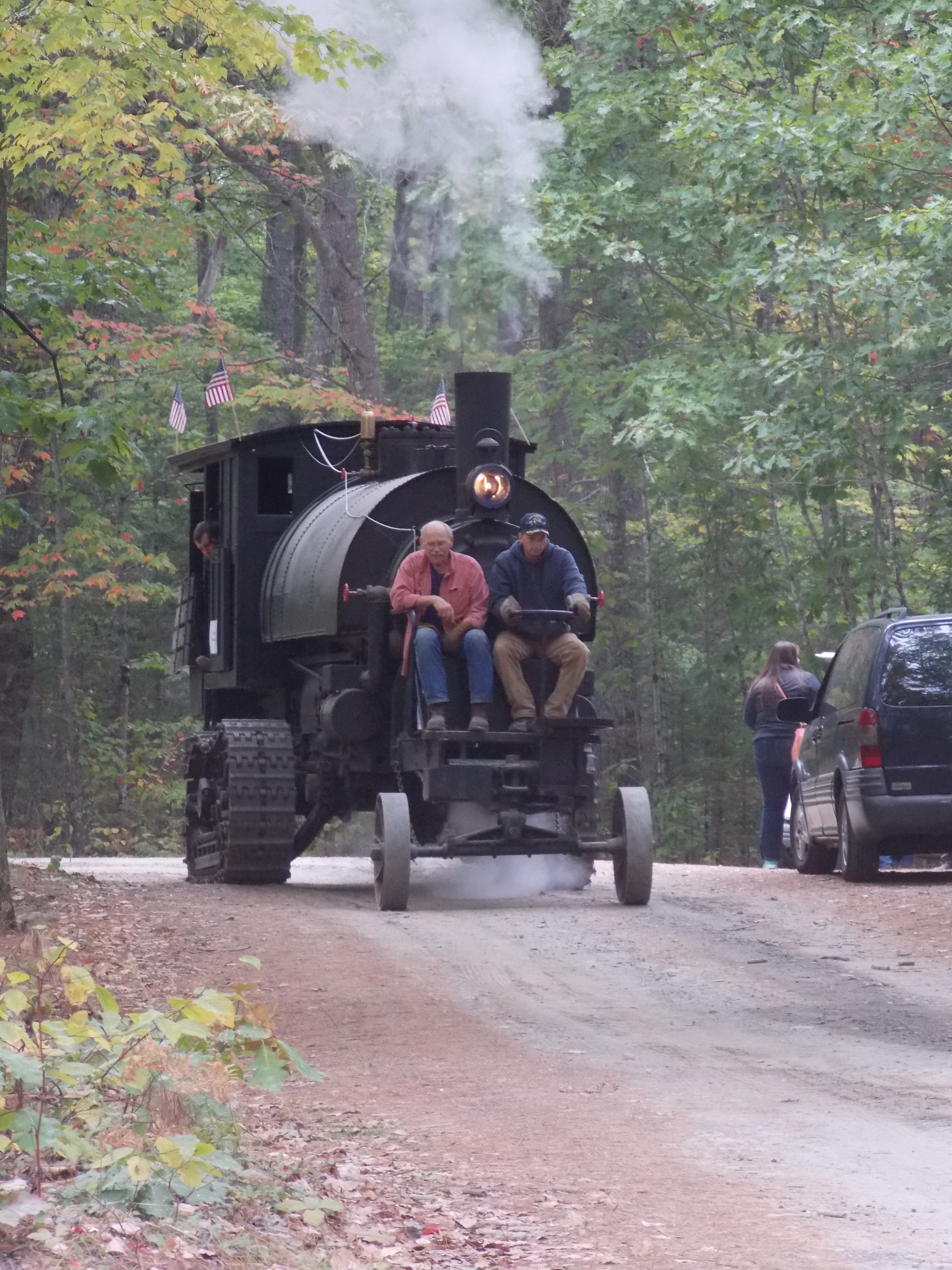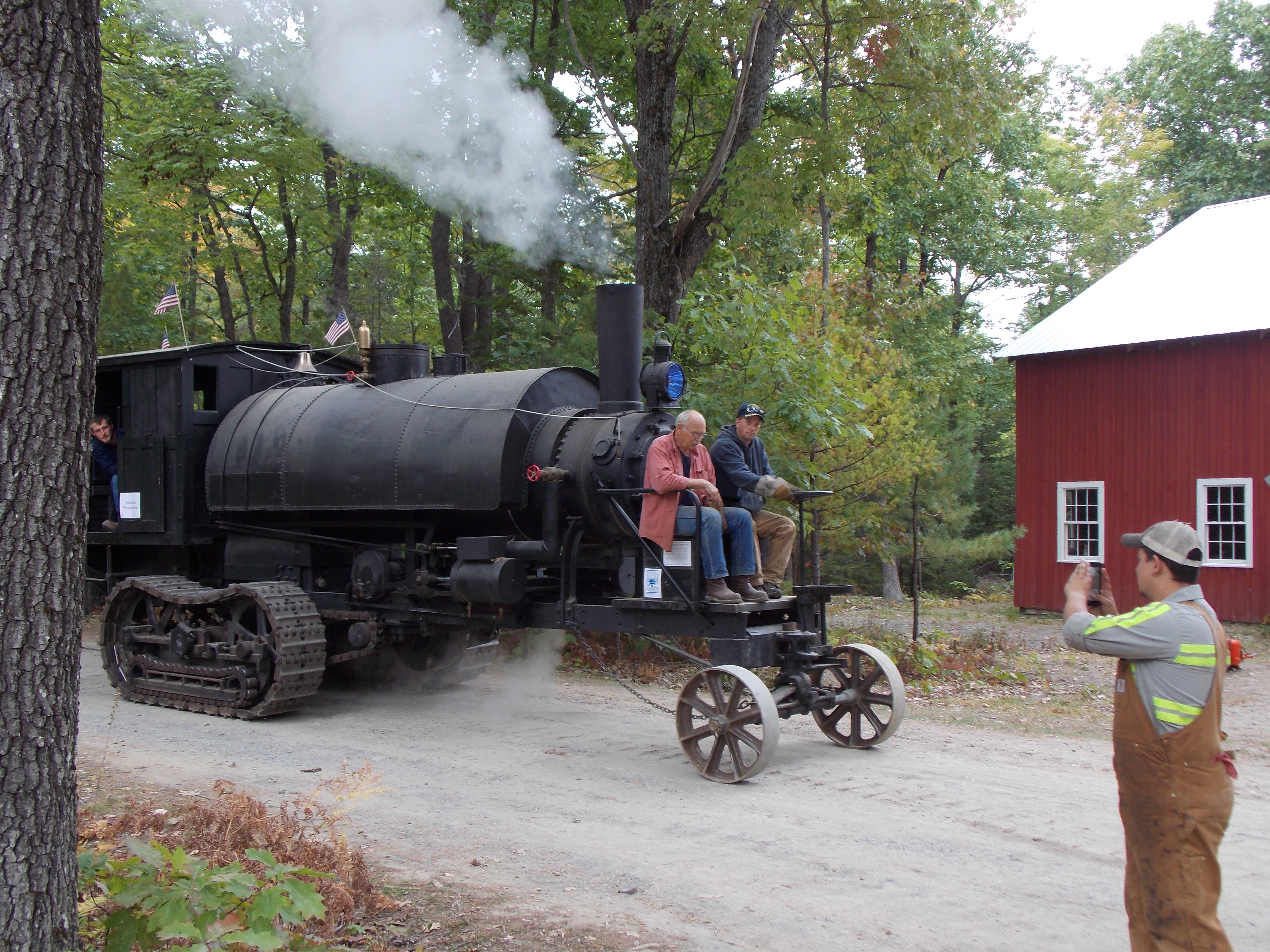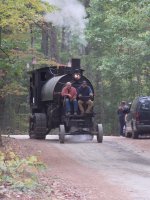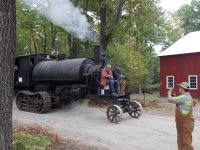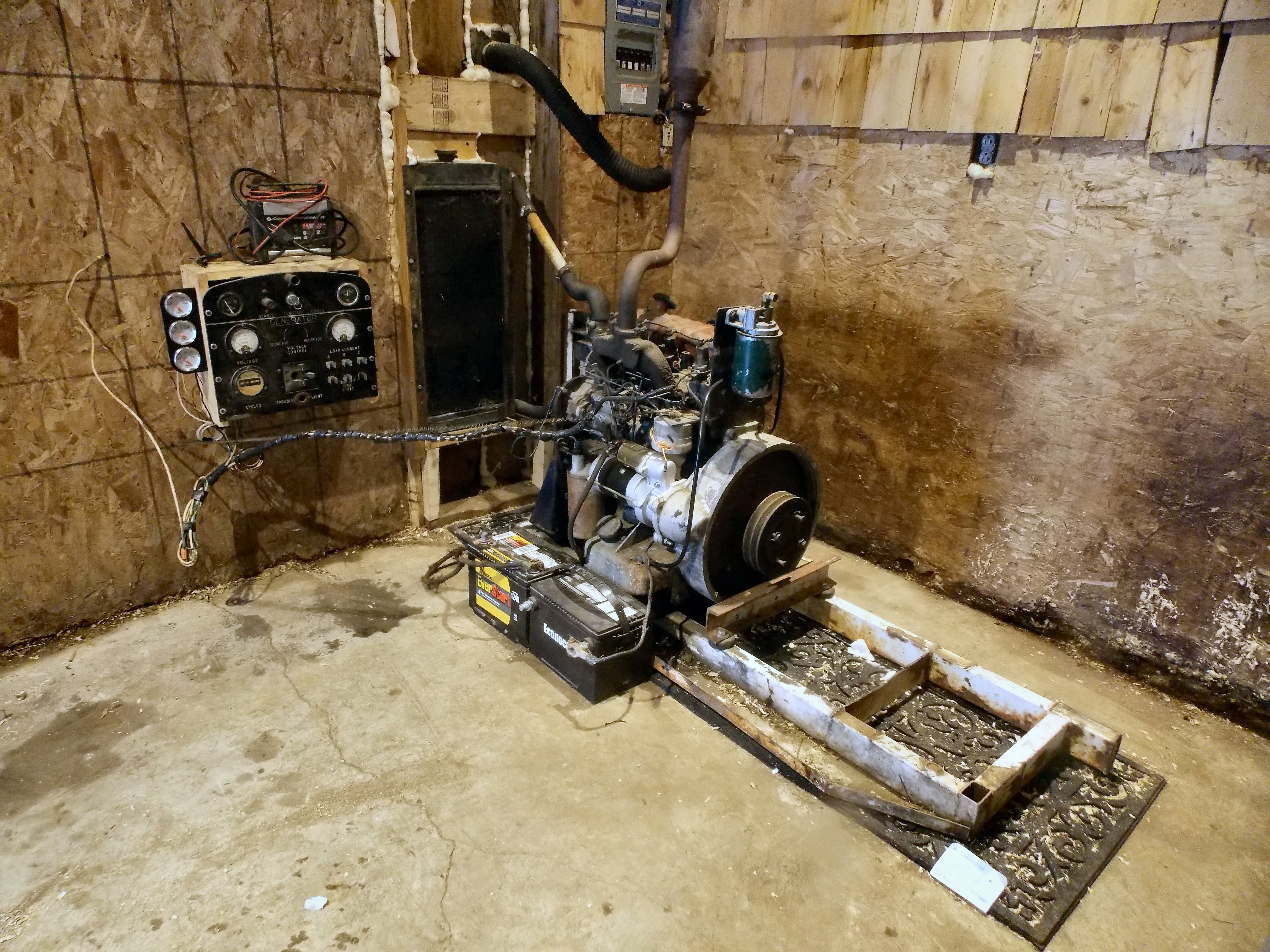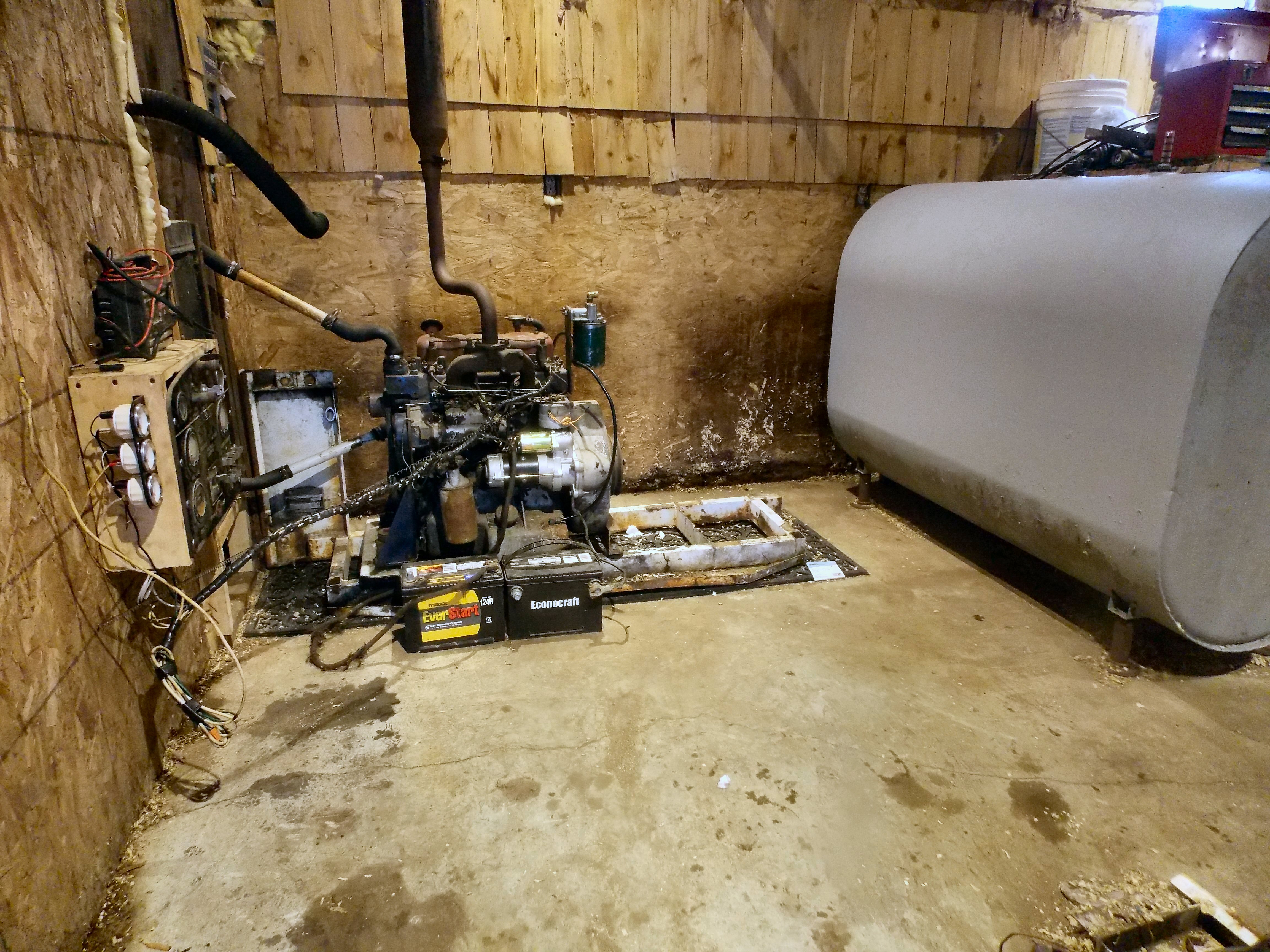OP
BrokenTrack
Veteran Member
- Joined
- Jan 13, 2018
- Messages
- 1,551
- Location
- Maine
- Tractor
- Tractors, Skidders, Bulldozers, Forestry Equipment
I thought it would of been in bad form to comment. Even to compliment.... I assumed it was akin to attractive WWII aircraft nose art and left it at that out of respect......
Am I wrong for having this point of reference?
That photo was kind of interesting. The guys on the Coal Forum had helped me get the boiler installed properly, and they had seen my wife in other photos, and so one innocently joked, "Hey, get a picture of your boiler. Wait, get a picture of your wife and your boiler and we will see which one is better looking."
It was all said in good fun, so when I told Katie, she said she would pose beside the boiler, and went and put on her Little Red Dress and posed for some photos. I thought that that was good of her because she knew I was going to share them with the guys on the coal forum.
But we are farmers, so when we go to town, in order to shed the denim-overalls, and shuck of straw between the two gapped teeth look, we dress up, often being the best dressed people at a restaurant. So, it's not like Katie has not worn that Little Red Dress in public before. Still, the men do not say much, but their wives sure have some snide comments.
The interesting part was, when that photo was taken, she was in her mid thirties, and taken just after the birth of our fourth child.

